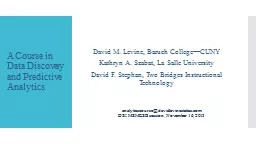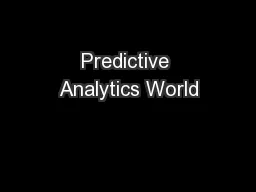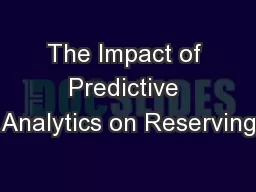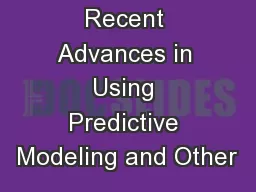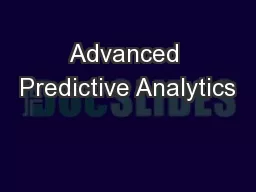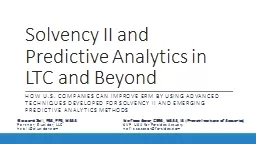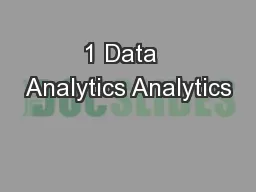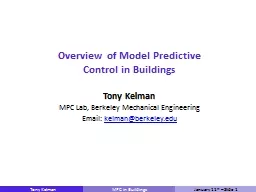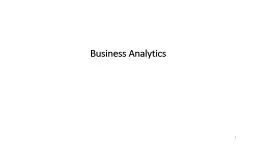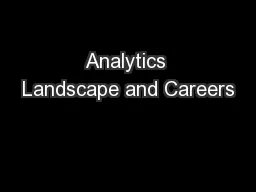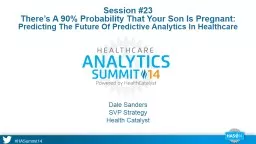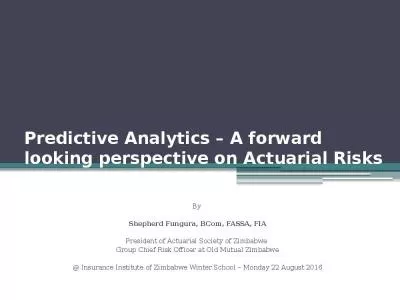PPT-A Course in Data Discovery and Predictive Analytics
Author : faustina-dinatale | Published Date : 2017-06-14
David M Levine Baruch CollegeCUNY Kathryn A Szabat La Salle University David F Stephan Two Bridges Instructional Technology analyticsdavidlevinestatisticscom DSI
Presentation Embed Code
Download Presentation
Download Presentation The PPT/PDF document "A Course in Data Discovery and Predictiv..." is the property of its rightful owner. Permission is granted to download and print the materials on this website for personal, non-commercial use only, and to display it on your personal computer provided you do not modify the materials and that you retain all copyright notices contained in the materials. By downloading content from our website, you accept the terms of this agreement.
A Course in Data Discovery and Predictive Analytics: Transcript
Download Rules Of Document
"A Course in Data Discovery and Predictive Analytics"The content belongs to its owner. You may download and print it for personal use, without modification, and keep all copyright notices. By downloading, you agree to these terms.
Related Documents

